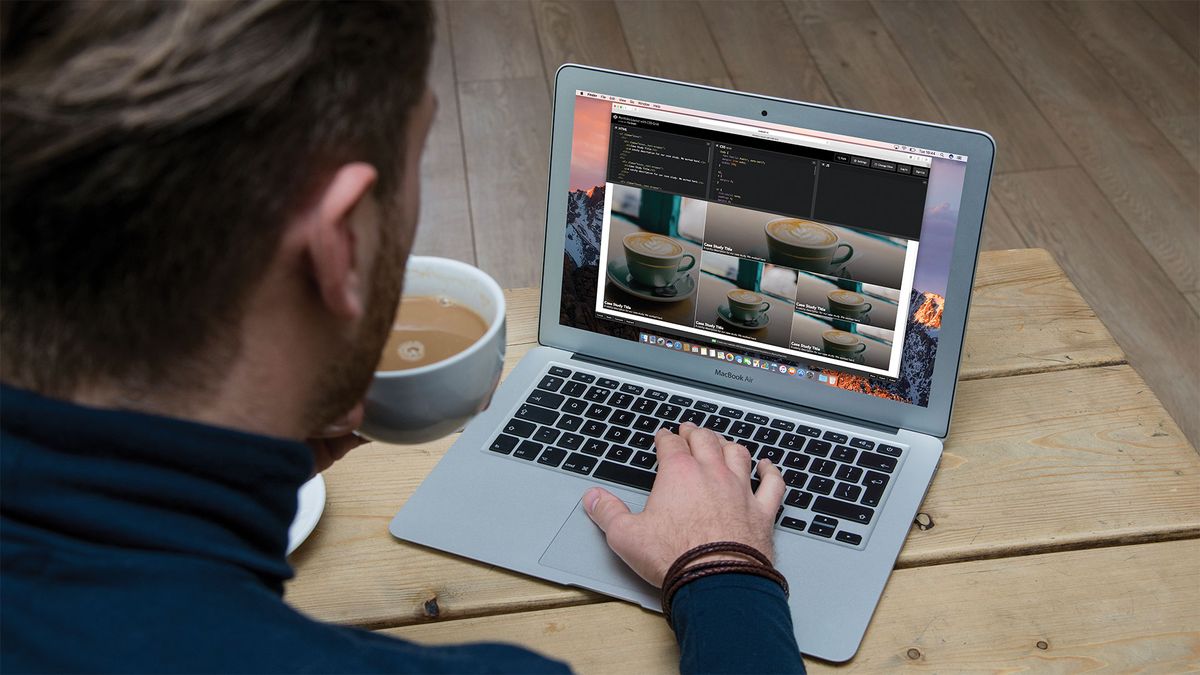

But as designers, I think we often take comfort in such explicit requirements, as they allow us to compartmentalize the problems before us. It’s an interesting phrase: At face value, of course, it speaks to mobile WebKit’s quality as a browser, as well as a powerful business case for thinking beyond the desktop. In recent years, I’ve been meeting with more companies that request “an iPhone website” as part of their project. In short, we’re faced with a greater number of devices, input modes, and browsers than ever before. We’re designing for mice and keyboards, for T9 keypads, for handheld game controllers, for touch interfaces. Two of the three dominant video game consoles have web browsers (and one of them is quite excellent). Mobile browsing is expected to outpace desktop-based access within three to five years. Inconsistent window widths, screen resolutions, user preferences, and our users’ installed fonts are but a few of the intangibles we negotiate when we publish our work, and over the years, we’ve become incredibly adept at doing so.īut the landscape is shifting, perhaps more quickly than we might like. Our work is defined by its transience, often refined or replaced within a year or two. Working on the web, however, is a wholly different matter.

Creative decisions quite literally shape a physical space, defining the way in which people move through its confines for decades or even centuries. Each phase of the architectural process is more immutable, more unchanging than the last. Conclusion and next stepsįurther resources to help you take your next steps.3 days of design, code, and content for web & UX designers & devs.Ī building’s foundation defines its footprint, which defines its frame, which shapes the facade. Prepare your content for devices with multiple screens. Media featuresĪ round-up of all the ways that media features let you respond to devices and preferences. User interface patternsĬonsider some common UI elements that adapt to different screen sizes. Prepare your pages for different input mechanisms mouse, keyboard, and touch. AccessibilityĮnsure that your website is available to everyone. ThemingĪdapt your designs to match user preferences such as a dark mode. Use SVG for scalable responsive iconography. The picture elementĮxercise more creative control over your images. Give your visitors the most appropriate images for their devices and screens. Make your text legible and beautiful, no matter where it appears.

Micro layoutsīuild flexible components that can be placed anywhere. Macro layoutsĭesign page layouts using a choice of CSS techniques. Prepare your designs for different languages and writing modes. Media queriesĪdapt your designs to different screen sizes using CSS media queries. If you’re completely new to making websites, there's an introduction to HTML and another course to help you learn CSS.įind out where responsive design came from. A basic understanding of HTML and CSS should be enough. This course is created for beginner and intermediate designers and developers. By the end, you’ll also have an understanding of what the future might hold for responsive design.Įach module has demos and self-assessments for you to test your knowledge.
Responsive layout maker tutorial how to#
From there, you’ll learn about responsive images, typography, accessibility and more.Īlong the way you’ll find out how to make websites responsive to user preferences and device capabilities. The first few modules will ease you in with a history of where responsive design came from and a look at the fundamentals of responsive layouts. This course takes you on a journey through the many facets of modern responsive web design.


 0 kommentar(er)
0 kommentar(er)
